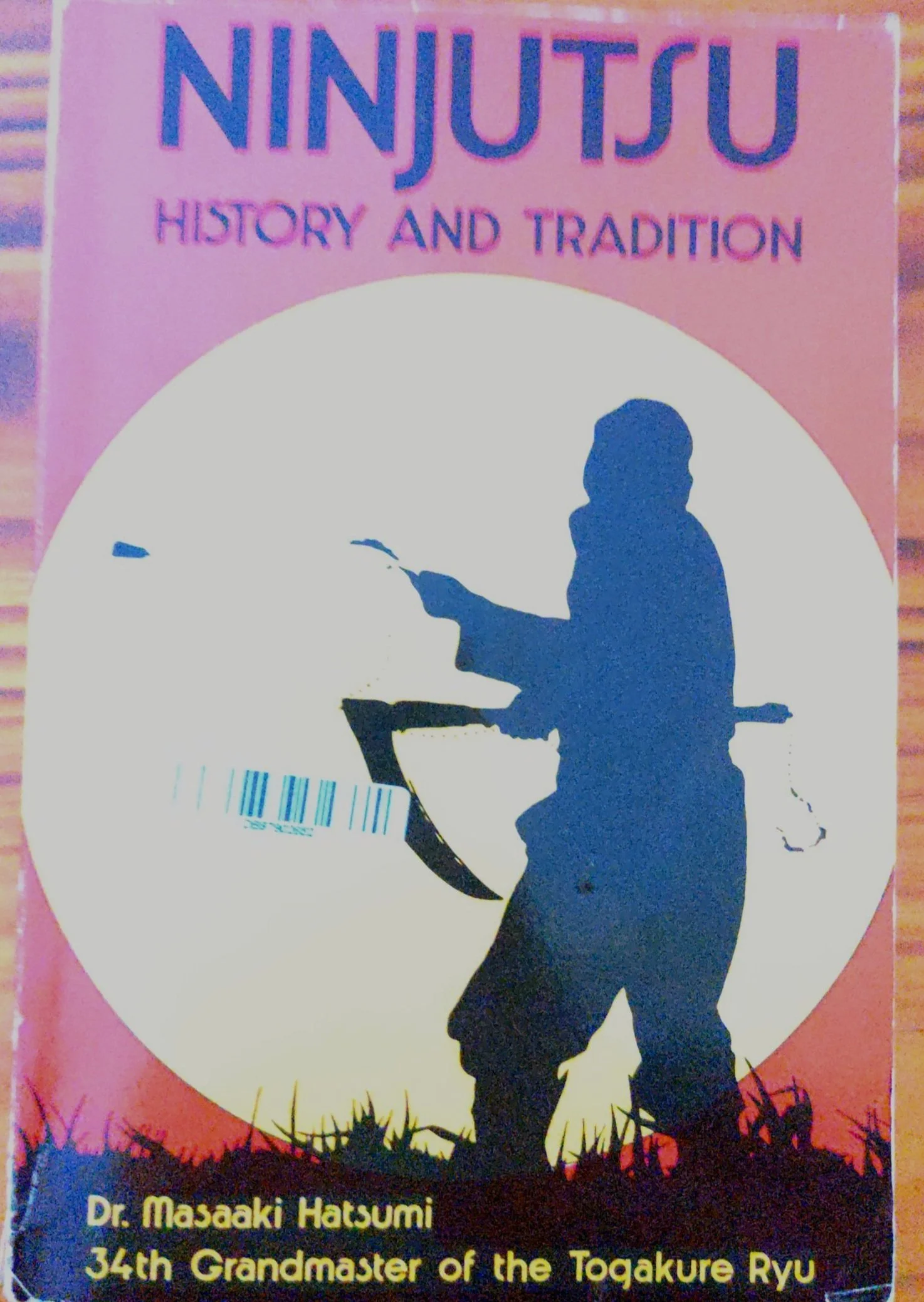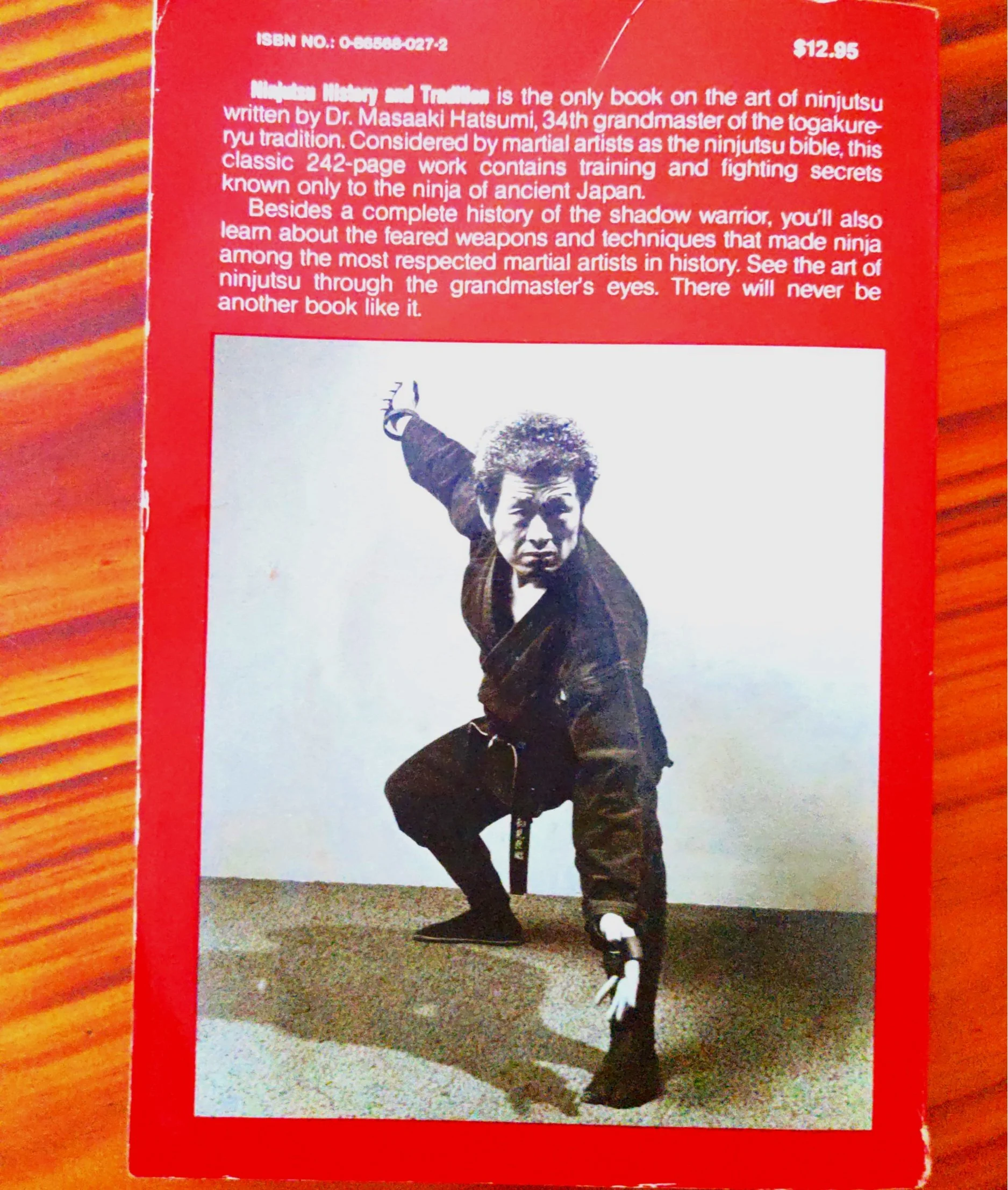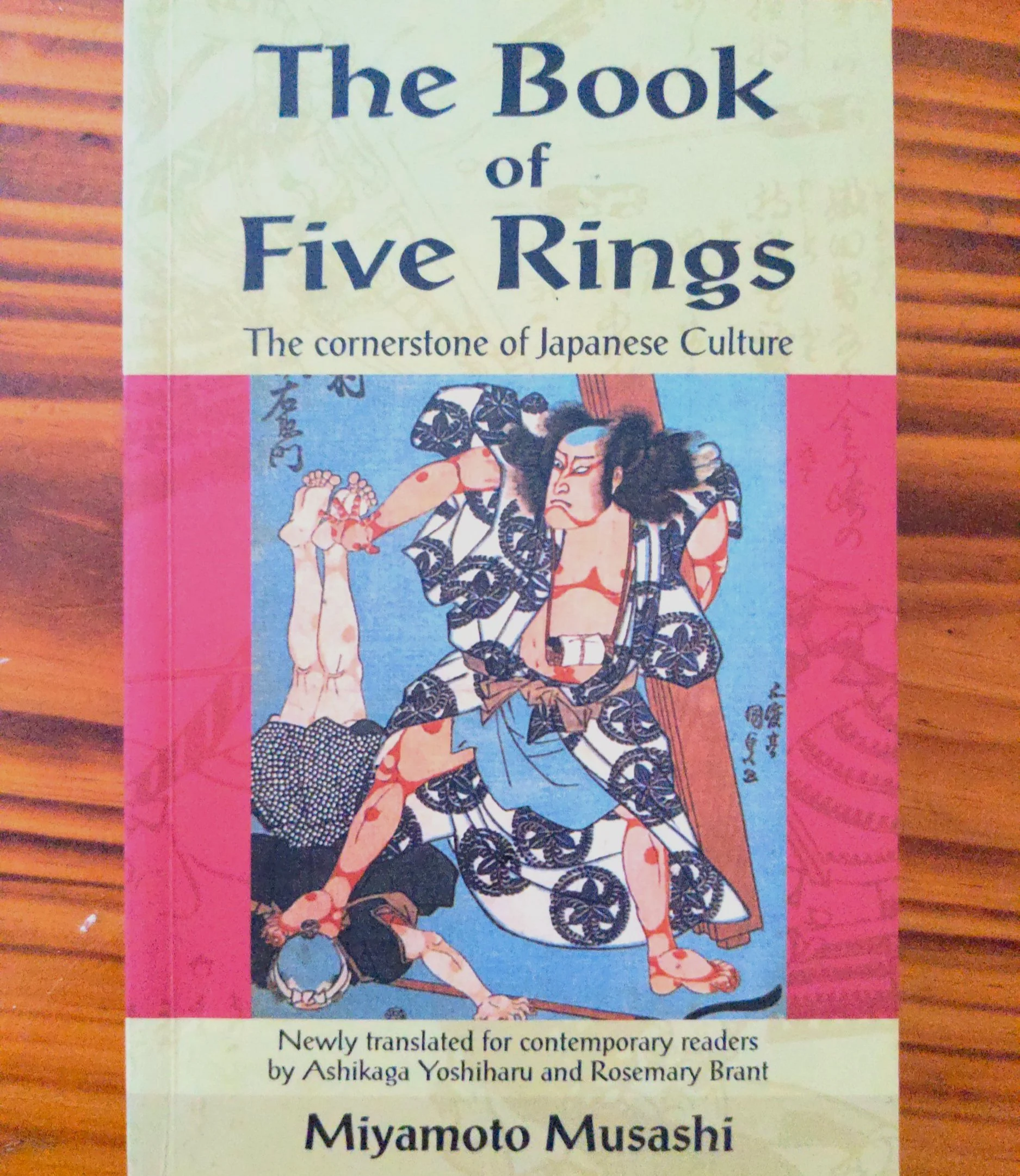The Revenge Of Shinobi
While I can’t claim to be someone who ever competed (apart from some one-on-one jousts with other students, and a pretty mediocre foray into a rapier tournament) I have had a lifelong interest in the martial arts. There’s no doubt it came out of video games and the general late 20th -century craze for westerners doing eastern martial arts. Ultimately, I gravitated towards weapons-based systems (both European and Asian), but wasn’t really able to start taking classes until my mid 20s, when it felt like something of a necessity after some hostile encounters in the electronics repair shop I was working at. But I wanted to do it as a kid and when I saw a yellow-pages ad to study Ninjitsu, vainly tried to convince my Mum to enrol me. In hindsight, it must have seemed like a pretty absurd request.
Ninja classes were admittedly a pretty weird choice. Even I didn’t realise it was a style with any real-life legitimacy until I read the book of Ninjitsu by the man who claimed to have have direct descent from the guy who invented it (a claim which is disputed. I don’t have any opinion on that though as there’s no way I would be able to interpret the evidence, seeing as it would require knowing fluent Japanese. So i’ll just say that it’s a fascinating book).
My first fictional encounter with Ninjas would have probably been Teenage Mutant Ninja Turtles, though I definitely had discovered Shinobi by 1994.
As with many other legendary 90s games, the second installment was the breakthrough and the one most people played. I don’t think I ever played the original. I also remember Shinobi 3 was a wicked game with some absolute bastard obstacle somewhere near the end that I recall struggling to pass. Might’ve been a game glitch.
Shinobi II, AKA The Revenge of Shinobi (released 1989) has been claimed to be one of the hardest games to finish that was ever released in this era. But the graphics and atmosphere were awesome, it did have very good music, as well as a gripping intro to pull you in to this exotic marriage of orientalism and urban crime-noir aesthetics.
Confusingly, the main character you play as is called Joe Musashi. I always assumed he was called Shinobi, and I assume I wasn’t alone here (c’mon, be honest people, yes I know his name appears in the intro sequence and the back-cover blurb but I was too young to read that.). As it turns out, Shinobi is actually a Japanese synonym for Ninja (a male one, a female ninja being a Kunoichi). But let’s be accurate here and call this guy Joe Musashi. His namesake is a legendary name in Japan. Miyamoto Musashi was a historical figure of great significance and probably one of the most likely Asian figures a westerner would know. He was a samurai, artist, strategist and writer of the Shogun era. Throughout his life he fought a number of battles, possibly including the landmark Battle of Sekigahara (one of Japans most famous historical battles) and towards the later part of his life wrote The Book Of Five Rings, which you could call a benchmark martial-philosophical text. I’ve read it, generally quite liked it, and would call it a self-help book really. It was considered a major inspiration for the Japanese army that elicited so much dread and terror in WW2. Musashi’s life was dramatized by early 20thC historical novelist Eiji Yoshikawa, which in turn became the inspiration for a manga-comic released in the late 1990s called Vagabond. The name in association with the basic character-archetype pops up in other video games and works of fiction. This is all a roundabout way to say that there’s an immense amount of mystique about the name Musashi. It transcends a historical person and becomes something of a myth or legend, pretty much always the silent lone Japanese swordsman/martial artist. I’m reminded of figures like Hercules, Gilgamesh, King Arthur... (I could go on and on about Musashi. But a great podcast to listen to is Daniele Bollelle’s History On Fire, which featured a gripping and thorough episode about him. You can find it on Spotify).
The music for this game has gained cult-classic status too. It was made by Yuzo Koshiro, and once again the superior engineering of the Sega Mega-Drives hardware plus the company’s greater openness to tackling darker/adult content (the world isn’t all walking mushrooms, pipes and happy green dinosaurs) lends it a punch that it would’ve struggled to achieve on the Super Nintendo. Yuzo Koshiro’s name has achieved a fair bit of fame among video-game scholars as an influential pioneer of game music. He was taught to play piano in his childhood and moved to being self-taught therafter. Being born in 1967 in Japan, he was in the right time and place to catch the upswing of electronic music development and get into the epicentre of video games by way of the accessiblity to American pop-culture that you probably couldn’t get in any other Asian city at the time. The entertainment industry of the east and the music of the west and he was at the intersection in Tokyo.
“In a 1992 interview, Koshiro said that his favorite music genres are new wave, dance music, technopop, classical, and hard rock, and that his favorite Western bands are Van Halen and Soul II Soul.”
With regards to his work on The Revenge Of Shinobi specifically, his wiki bio states:
“His most notable freelance work was for Sega: his first freelance work for the company was the soundtrack to The Revenge of Shinobi (1989), for which he produced house[1][18] and "progressive, catchy, techno-style compositions"[7] that fused electronic dance music with traditional Japanese music.[19]”
And that’s pretty much how it sounds. Though I would add that there’s definitely some swinging spooky Capone-style jazz in there, and being open to jazz variations and other sounds beyond pop-rock lend the best Japanese game music it’s versatility. You have to remember, prior to the 32-bit era that began in the mid 1990s, it was not possible to effectively put guitar sounds, live-playing drumkits nor vocals into video-game music. So the genres of rock, metal and punk and everything in-between were effectively shut out of the industry until that point. Ditto with hip-hop or anything dependent on vocals or real-life samples. Classical music, also essentially out, unless in a synthesized and cinematic minimal form (as with the background music of the fantasy RPGs).. The electronic end of new-wave maybe got a look-in, as with the electronic end of r’n’b, but you are probably drawing a long bow. If electronic instrumentation in the form of tonal bleeps and basic synthetic percussive pops and bleats could not form the song required, then it likely wasn’t getting into a game. You have to wonder how this affected the musical and cultural tastes of my generation (those of us who were gamers especially). Your parents favourite music and the stuff that had dominated pop-culture for the postwar era was not getting in and thus not getting to our ears (and that’s not intended to be disparaging, I like a lot of old music). The big winner was electronic music (house/techno especially), jazz and cinematic music in my opinion.
The cover art is fantastic in a retro kind of way too. Something about the gridlines and the demon head. Ticked all the boxes for the young 90s gamer.
I think this short video of the intro credits really bring all these elements together in a pretty good summary. Highly dramatic, oriental, gritty, urban and pixelated.
If you wanna go deeper:
Round 2, which starts at a waterfall stage, but then goes into 80s Tokyo at night, and ends with fighting a boss in a nightclub. The audio-only remastered for the Tokyo section can be heard here
China Town: The hi-def remastered music-only version can be heard here. Its only 2 minutes 47 seconds of your life and i’ll guarantee you’ll want to be jumping rooftops and throwing chops and kicks sideways by the end of it.
The game-stage of China-town as it looked can be seen here ( that section with the trains looks like Melbourne’s 80s Hitachi Train fleet.. and how did they get the licensing rights to include Spiderman in the game? or did they?)
…and this short clip featuring the beating of the last boss (note how an evil laugh sounded in early 16-bit gaming) as well as the end-credit music called My Lover.
All of Yuzo Koshiro’s gameplay music can be heard as a standalone segmented soundtrack here, though I reckon it works better with all the ninja/beat-em-up sounds and flying shurikens etc. His work is so well-loved that he’s performed it live.
The original cover art for The Revenge Of Shinobi with the demon-head is an absolute ripper. Don’t forget the obligatory futuristic grid-lines.
This was a damn hard game to play. Good luck getting to the later stages.
Larger-than-life boss characters were no stranger to the Shinobi games. This edition seemed comfortable with borrowing Godzilla, Spiderman, Devil-man and Rambo.
Ninjutsu is an actual martial art, and after seeing the western entertainment industry adopt highly-fictitious caricatures of the ninja way of life, Dr Masaaki Hatsumi, proclaiming himself in this book as the 34th Grandmaster of Togakure-Ryu Ninjutsu, felt the need to set the record straight and publish guides for western audiences. His claims of authentic grandmaster lineage are disputed.
Dr Hatsumi as he appears on the back cover. At 93 years old he is still alive.
Miyamoto Musashi, the legendary samurai, writer and artist, published The Book Of Five Rings, a warrior-code popular with martial artists and philosophers alike.





